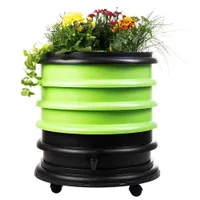How to use banana peels in your garden – 6 ways to improve soil and plants
The simple ideas sustainable gardeners embrace to use banana peels to nourish their garden, from nutrient-rich fertiliser to pest deterrents


Bananas are not just a good source of fibre and rich nutrients for our healthy eating plan, they can also be the wonder ingredient to help create a lush garden. Experts share their secrets to unlock the many ways you can use banana peels in your garden to reap the rewards.
Reducing waste and reusing food scraps has long been a favoured sustainable garden idea, even more so in recent years with many key garden trends targeting how to be more resourceful in our green spaces.
Similar to using tea bags in your garden to enrich compost there are several ways to make your discarded banana peels work harder to improve your soil and aid plant health. Our team of horticultural experts share where they use surplus banana skins in their gardens, explaining why this food waste is so valuable for our plants...
How to use banana peels in your garden: 6 easy ideas
Similar to using coffee grounds in your garden or using eggshells in your garden there are properties within the leftover food sources that can also prove hugely beneficial to your garden.
"Bananas contain potassium, calcium and magnesium, which is helpful for the plants in your garden if you reuse the peel," explains Craig Morley, a gardening expert from Budget Seeds. "Potassium can help plants to fight diseases whilst producing more fruit or flowers."
Here are the easy ways the team suggests using banana peels in your garden to benefit the soil and keep your plants healthier...
1. Add a level of mulching to topsoil
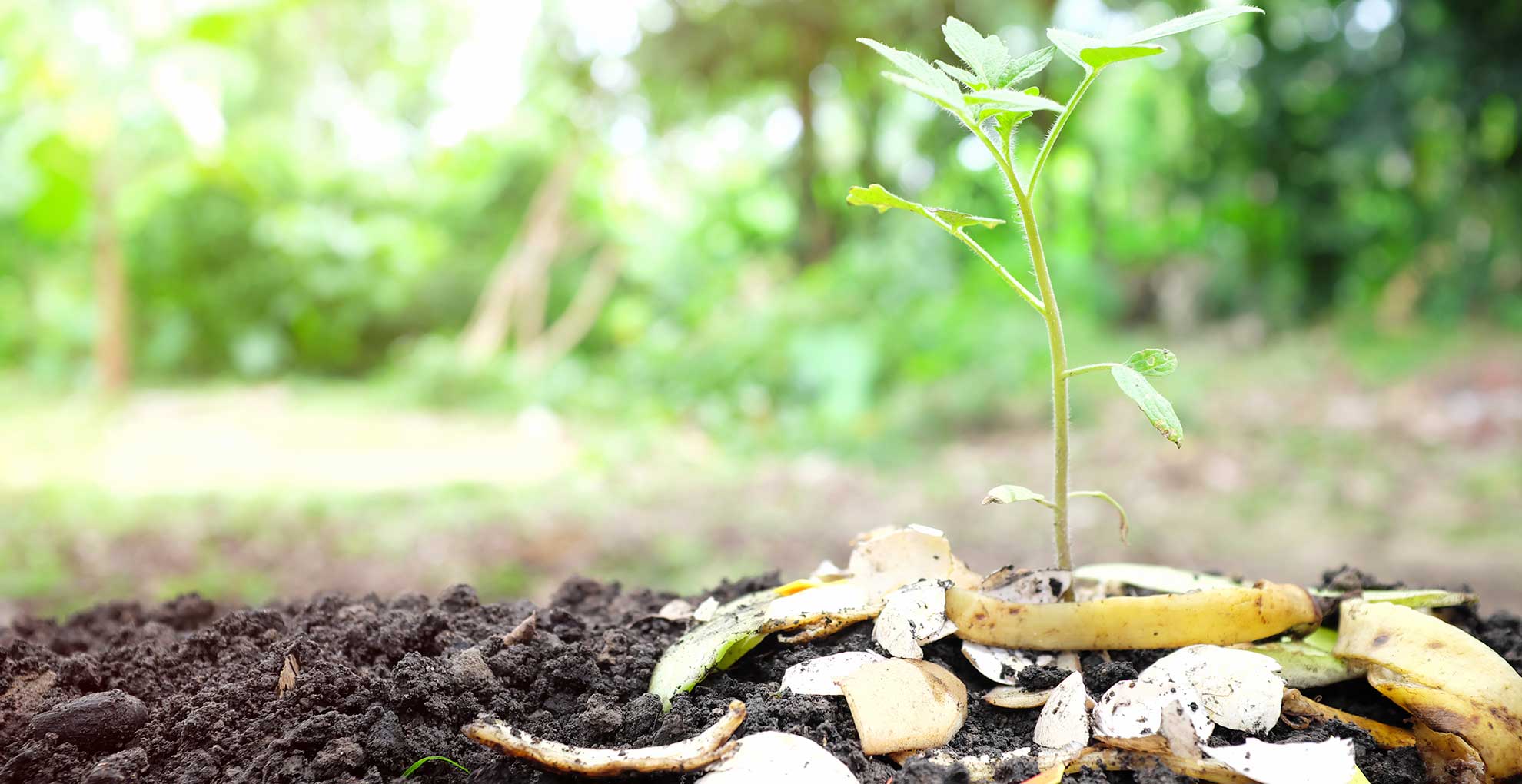
The easiest solution for using banana peels is to dress your beds and borders with the skins as they are, similar to using orange peels in the garden. "All you need to do is place the peel on their soil and let it mulch," confirms Craig. "Roses may also benefit from the nutrients in banana peel, especially if they have been newly planted and need an extra boost."
Sign up to our free daily email for the latest royal and entertainment news, interesting opinion, expert advice on styling and beauty trends, and no-nonsense guides to the health and wellness questions you want answered.
While you can simply place the skins face down onto the soil Craig adds: "Chopping up the peel will make it break down faster so that the plant can access the nutrients quicker." In this instance scattering smaller pieces directly on top of the soil is sufficient.
"Mulching with banana skins can help retain soil moisture, suppress weeds, and gradually release nutrients into the soil as they decompose," explains Dan McCarthy, a sustainable practices expert from Green Olive Firewood.
This is the ideal job to carry out after pruning roses, to add extra nutrients to the soil to provide a boost of feed.
2. Enrich compost
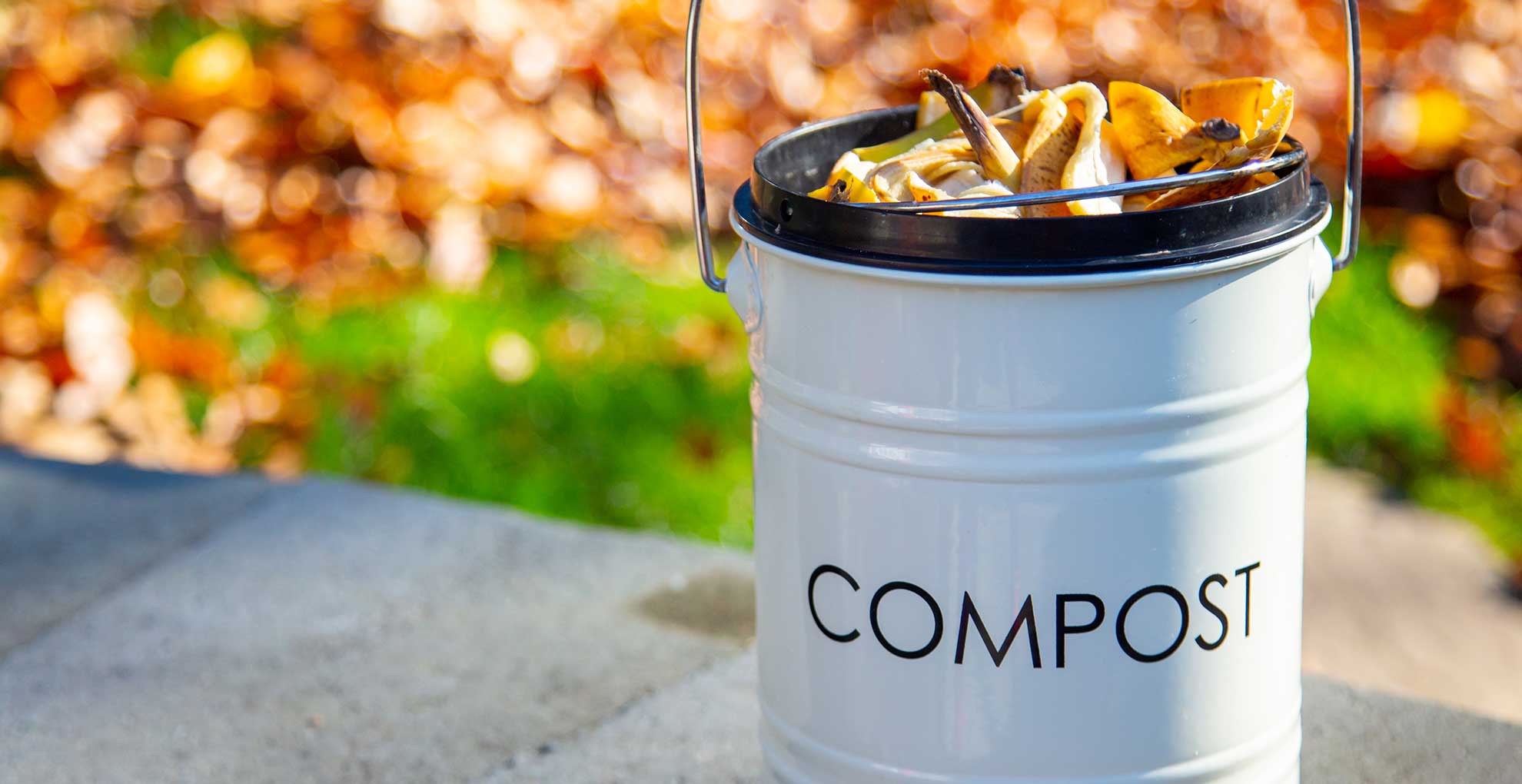
"While adding cut-up peels directly to the soil may release minimal potassium, it may attract fruit flies during decomposition," says Mark. Therefore if you're looking to get rid of fruit flies this method is probably not ideal, especially if the plants are near the house.
But Mark has a suggestion, for how to use the skins for a more traditional composting solution: "I recommend composting them or using them in a wormery. This allows for a natural breakdown over time, releasing calcium, magnesium, sulphur, potassium, and phosphorous into the mix, enriching your garden and promoting organic recycling."
Wormbox Wormery Worm Farm composter, £98.90, at Amazon
This design is an attractive take on this garden essential, complete with 3 green trays and a planter on top to add greenery and colour plants. The 48-litre capacity is more than adequate for all your organic waste composting needs.

Not only is Mark a presenter on BBC's Gardeners World he is also an accredited gardening expert at stairlift and homelift company Stannah. Mark also runs his own gardening business when not providing useful tips and tricks for blossoming green thumbs.
3. Feed plants with nutrient-rich banana water
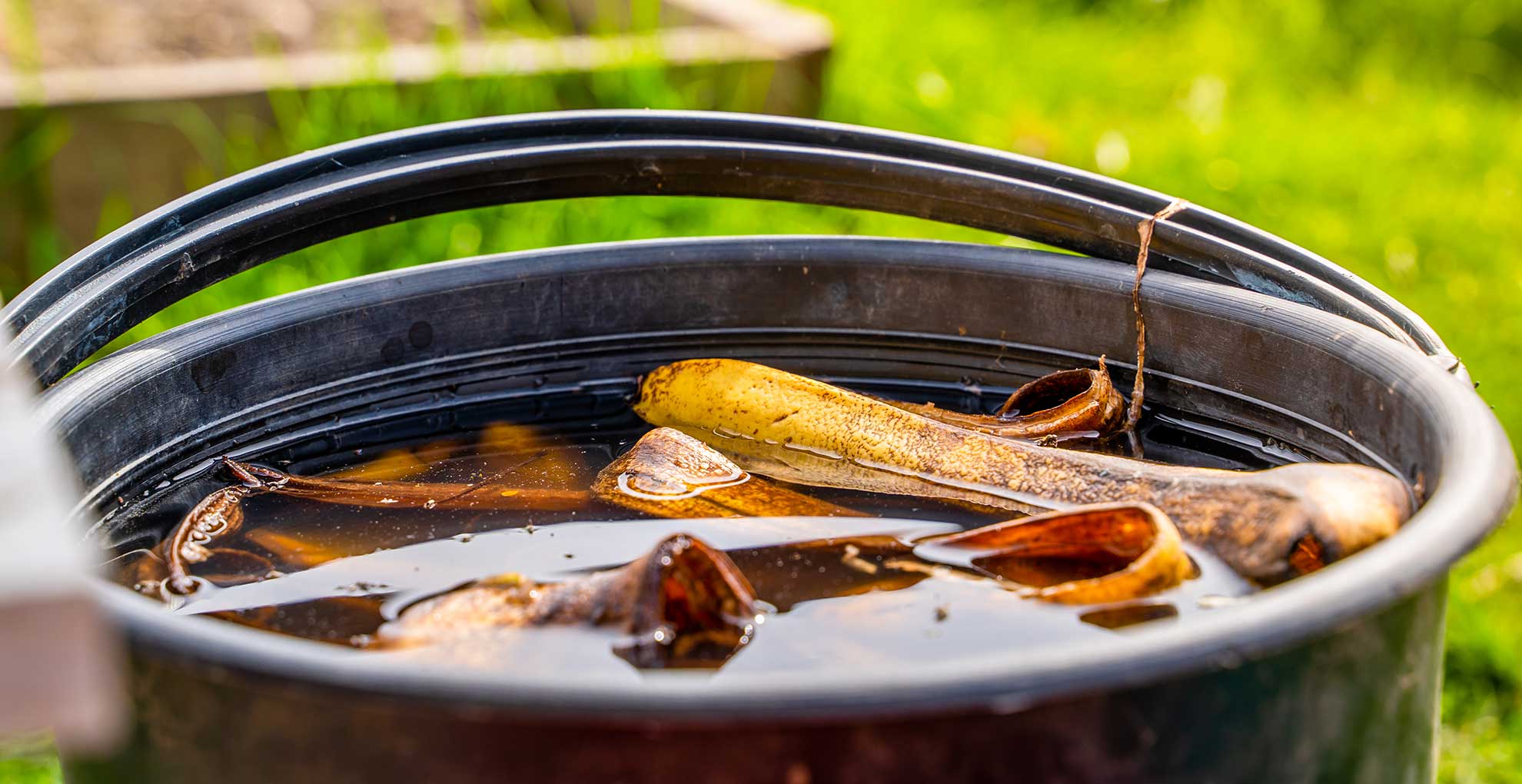
In addition to harvesting rainwater, as part of the easy rewilding garden trend, you can make your efforts go even further by adding banana peels to the water to benefit from the nutrients found in the skin. This homemade liquid fertiliser is an easy way to get nutrients directly into the soil.
"To make liquid fertiliser from the peels, place a banana skin into a jug or bucket with two pints of water and then leave this for a few days. After this time has passed, it will be ready to use as a liquid feed for plants and can be watered onto their soil every week," says Craig.
4. Ground the skins into a fertilising powder
If composting or soaking the skins is not your thing, Mark has the ideal solution to make a fertiliser that will keep for longer in your garden shed. You can dry the peels out and grind them into a powder fertiliser to sprinkle with ease.
"Another approach is to dry (bake on low heat in the oven until brown/black) and, when cool, crush the peels into a powder, which can be added to the soil as a dry fertiliser," suggests Mark.
"Whether you choose the dry or wet method, organic fertilisation is undoubtedly worth exploring," says Mark on how to feed your best garden plants all year round.
5. Start off seedlings
Utilise the plentiful nutrients to give young seedings the best start. "Banana skins can serve as natural seed starters," suggest Dan.
"Cut the skins into small pieces, fill them with potting soil, and plant seeds directly into them. As the seedlings grow, the banana skins will decompose, providing nutrients to the young plants."
6. Make a natural insect repellent
Whether trying to keep ants away from the house or getting rid of an ant nest in your lawn, we're always looking for natural methods for pest control. Banana peels are the untapped source to do just that.
"Because of their natural sweetness and the oils in them, banana skins can act as a natural pest repellent, specifically for insects," explains Fantastic Gardeners' gardening and plant expert Petar Ivanov. "You only need to place small pieces of banana peel around your plants that are prone to aphids to help keep them away."
Peter also helpfully adds: "Also, if you’ve been bitten by a bug, either in your garden or at home, the fruits’ skin can be used as a nice homemade remedy for bug bites because of the polysaccharides in it, which is an oil that reduces swelling and inflammation. Simply rub the inside of the peel on the bite gently and repeat throughout the day when you feel itching."
FAQ
What plants like banana peel?
"While most plants can benefit from a decomposed banana peel, it's important to note that they are not high in nitrogen, which may not be suitable for all plants" Mark explains. "However, certain plants like peppers, roses, orchids, peace lilies and tomatoes, and other blossoming and fruiting plants, can thrive with banana peel fertiliser."
Therefore banana peels might be a welcome addition to care for orchids and stop your peace lily tips from turning brown.
Elaborating further Dan adds: "Roses, in particular, benefit from the potassium content in banana skins. Burying banana peels around rose bushes can help promote healthy growth and vibrant blooms."
"Tomato plants benefit from the calcium content in banana skins. Burying banana peels in the soil near tomato plants can help prevent blossom end rot, a condition caused by calcium deficiency.”
"Additionally, plants with lower nutrient requirements, such as succulents and young seedlings, can safely be fed with banana water or composted banana peels," Mark concludes.
How long do you soak banana peels for fertiliser?
To make a liquid fertiliser using banana peels you will need to soak them in water, and the timing will depend on the amount of liquid and how many skins you use. As a starting point to make just a cup full Mark suggests: "For optimum results, cut up the banana peel, add it to a glass, top it up with water, and leave it overnight. Drain in the morning and use the liquid tea to feed your plants."
Adding, "Banana flesh, known for its high potassium content, is believed to transfer this nutrient to the peels, along with other beneficial compounds for plants. While the effectiveness of banana water/tea in leaching potassium from the peels is still under debate, research suggests its benefits for young seedlings."
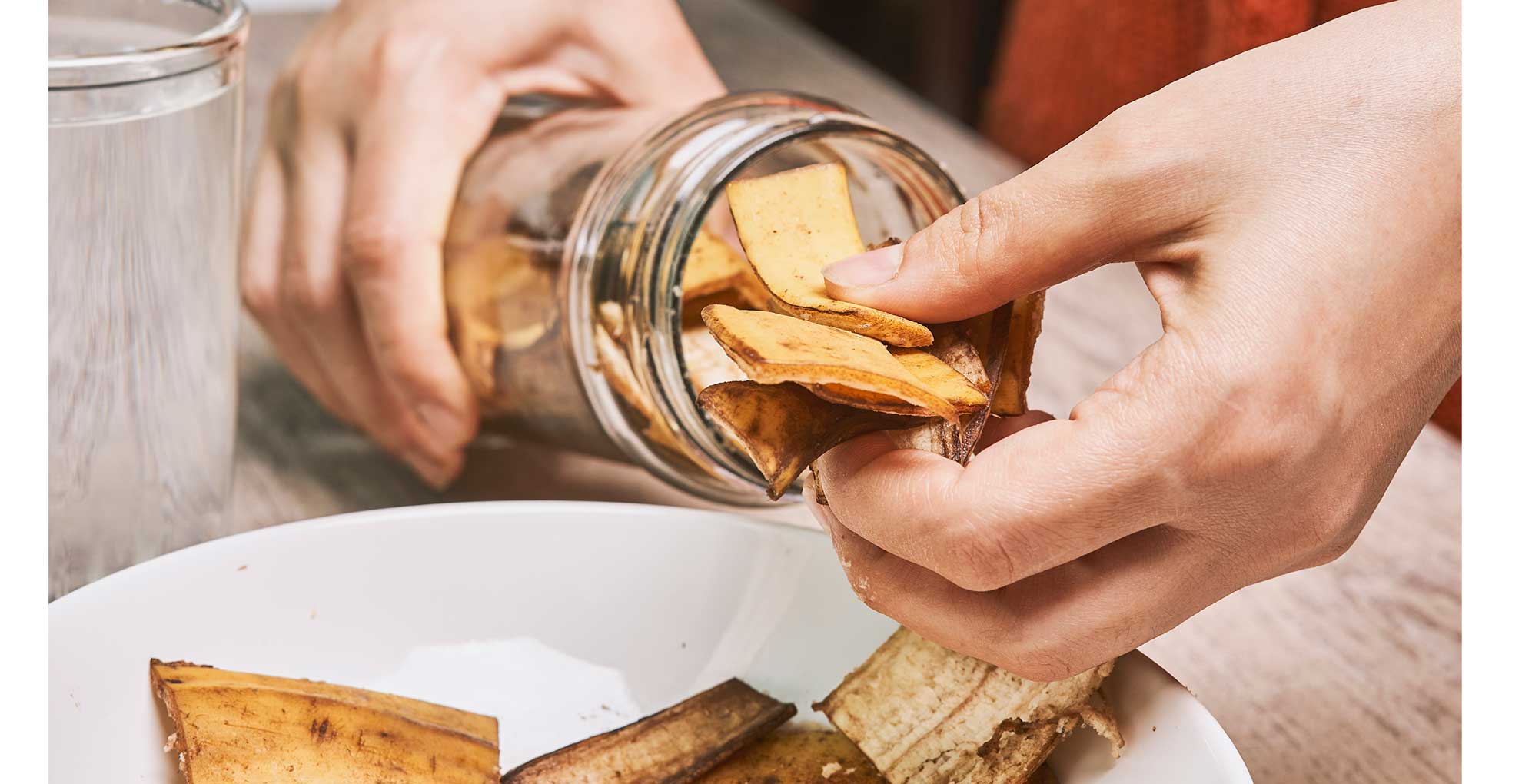
What are the disadvantages of banana peels as fertiliser?
As mentioned above one disadvantage of banana peels as fertiliser is that the lack of nitrogen might make it suitable to enrich certain plants that need a sufficient level of this nutrient.
"It's also important to remember that banana peels take an average of 2 years to decompose or biodegrade fully. This means that if you're aiming for a constant supply of decomposed banana peel material, you'll need to consistently add them to your composting pile," says Mark.
It may feel like a disadvantage but as Mark says: "This patience and consistency will reward you with nutrient-rich compost for your garden."
It's not just your outdoor plants that can benefit from using banana peels, as some of the easiest indoor plants to care for can also reap the rewards. Our expert Petar explains how you can use the fruit skin as a houseplant polish when cleaning plant leaves.
"This one is a use for banana skins that not many people know about but before you throw them into the compost pile or bin, consider using them to clean your houseplants’ leaves first.." Petar explains. "It’ll be a much healthier alternative to commercial plant leaf cleaners because they can clog up the leaf pores, also known as stomata."
"To do that, wipe down the leaves of your houseplants with the inside of the banana skin and it’ll remove any dust from their surface and leave them shiny. This will allow them to absorb sunlight better and encourage them to grow healthier foliage."

Tamara is a highly experienced homes and interiors journalist with a career spanning over 22 years. Now the Lifestyle Editor of womanandhome.com, she previously spent 18 years working with the style teams at Country Homes & Interiors and Ideal Home. With these award-winning interior teams, she gained a wealth of knowledge and honed her skills and passion for styling and writing about every aspect of lifestyle and interiors.
A true homes and interiors expert, Tamara has been an ambassador for leading interior brands on multiple occasions, including appearing on Matalan’s The Show and presenting at top interior trend forecasting events such as the Autumn Fair and Spring Fair.
